#coupes
Rare Rides Icons: The Cadillac Eldorado, Distinctly Luxurious (Part IX)
We return to our Rare Rides Eldorado coverage this week, after a thorough review of the exterior and interior of the new-for-’54 Eldorado. The new model was meant to continue the excitement of the limited-run, very expensive 1953 Eldorado at a price that was notably more affordable to the American luxury car buyer. A more cynical take on a halo convertible, the 1954 went without any unique styling and instead focused on trim and badges to differentiate it from the garden variety Series 62 convertible upon which it was based. Normally this is the point where we’d talk about trims, but there weren’t any at the second Eldorado’s debut. It was not until after the model became a sales success that Cadillac debuted more variants.
Rare Rides Icons: The Cadillac Eldorado, Distinctly Luxurious (Part VIII)
In our last installment of Rare Rides Icons, we noted exterior visual differences between the Eldorados of 1953 and 1954. While the first Eldorado wore bodywork unique to the model, the second generation relied on trim and some badging to justify its price increase over the lesser Series 62. Today we slide into the Eldorado’s leather-clad interior to see how things fared in the transition to a mass-produced model.
Rare Rides Icons: The Cadillac Eldorado, Distinctly Luxurious (Part VII)
We return to the Cadillac Eldorado saga today by popular demand. In our last entry, we delved into the engineering and platform changes that arrived for the entire Cadillac line in 1954. In short, the same C-body platform continued in use for Series 62, Sixty Special, and Eldorado with new bodywork and additional standard features. Eldorado was repositioned in ‘54 to become mass market, and lost its unique styling. That meant visual differences between it and the lesser Series 62 convertible were down to pieces of trim.
Rare Rides Icons: The Cadillac Eldorado, Distinctly Luxurious (Part VI)
As we learned in our last installment, when the second generation Eldorado debuted in 1954 it was repositioned at Cadillac. No longer was it an ultra expensive and largely hand-built conveyance for a select few who could afford it. Rather it appeared as a sort of premium trim package on top of the company’s bread and butter Series 62. No unique body panels, no special interior design, no single-model windshield. Was there much left to differentiate Eldorado from its sibling?
Junkyard Find: 1988 Pontiac Sunbird SE Coupe
Even by the standards of the far-flung General Motors Empire, the J-Body was found everywhere, from the Vauxhall Cavaliers of Great Britain to the Isuzu Askas of Japan to the Daewoo Esperas of South Korea. In the United States of the 1980s, the Chevy Cavalier was the J-Body King, but its Pontiac-badged sibling, the Sunbird, was a not-so-distant second place in the J sales race. Today's Junkyard Find is a sporty Sunbird coupe, found in a yard just south of Denver, Colorado.
Rare Rides Icons: The Cadillac Eldorado, Distinctly Luxurious (Part V)
Of the three high-dollar, limited-production two-door convertibles GM debuted in 1953, Cadillac’s Series 62 Eldorado was far and away the most expensive. With its drop-door styling, a loaded interior covered in additional leather, and a sky-high $7,750 price tag, Eldorado was out of the reach of the majority of consumers. And though it sold only 532 examples, GM felt the model’s future was bright. That is if they could just cut the asking price down to something more reasonable. Enter the all-new 1954 Eldorado, swimming in a sea of fins.
Rare Rides Icons: The Cadillac Eldorado, Distinctly Luxurious (Part IV)
In our last Eldorado entry, we discussed the exterior differences between Cadillac’s standard Series 62 convertible and the limited production Eldorado. Visual differences were few, and limited to a revised window line via “drop door” sheet metal, and a wraparound windshield that was fitted only to the Eldorado in ‘53. There were interior differences too, though they didn’t quite add up to the “specially designed instrument panel” claim in the marketing.
Rare Rides Icons: The Cadillac Eldorado, Distinctly Luxurious (Part III)
Rare Rides Icons: The Cadillac Eldorado, Distinctly Luxurious (Part II)
We began our journey through 50-plus years of the Cadillac Eldorado last week. Conceived as a new high-end convertible in the years leading up to the personal luxury car, the Series 62 Eldorado “sports convertible” wore unique sheet metal to all other Cadillac models in 1953. Joined that year by the Oldsmobile Ninety-Eight Fiesta and Buick Roadmaster Skylark, the trio represented GM’s new high-cost, low-volume halo convertible experiment. Unlike later examples of two-door vehicles from the three most expensive GM brands, these three were not the same underneath.
Rare Rides Icons: The Cadillac Eldorado, Distinctly Luxurious (Part I)
After completing our extensive Rare Rides Icons coverage of every Lincoln (Continental) Mark between 1939 and 1998, it seems only fair we cover the Mark’s arch-rival in a similar fashion. Though the General Motors competition arrived long after the Continental name was applied to a Lincoln, its history is equally varied and interesting. Come along as we learn about another luxurious subject: the Cadillac Eldorado.
Junkyard Find: 1988 Buick Reatta Coupe
Just over 20,000 Buick Reattas were made during the model's production run for the 1988 through 1991 model years, and I had documented seven of them in car graveyards prior to today's Junkyard Find. All of those cars were in reasonably good condition, but today's '88 is an example of a Reatta that was loved to death by its final owner.
Junkyard Find: 1982 Cadillac Eldorado Biarritz
Cadillac began using the Biarritz name on the high-zoot Eldorado in 1956, dropped it after 1964, then revived it for 1976 on an Eldo distinguished by its extra-squishy "Cabriolet" vinyl half-roof. The definitive Biarritz came a bit later, though, with the downsized 1979-1985 generation of Eldorados. Here's one of those cars, found on the outskirts of my very favorite Colorado car graveyard.
Where Your Author Makes a Quick Purchase (and a Medium Length Trip)
Picture it. Last Tuesday, late afternoon. Checking the used convertible listings like I’d been doing for some time, it seemed the right car would never materialize. But on that particular afternoon, I happened to check Facebook Marketplace, a terrible place to search listings which I generally avoided. The default 249-mile search radius showed me a particular convertible I hadn’t seen listed before. Turned out it was the one.
Junkyard Find: 1983 Jaguar XJ-S HE
When the time came to design a successor to the beautiful Jaguar E-Type, British Leyland gave the world a much different V12-powered coupe. This was the XJ-S, and it stayed in production for more than 20 years. This week's Junkyard Find is an early High Efficiency model, found in a self-service yard near Reno, Nevada last fall.
Where Your Author Still Hasn't Purchased a Used Convertible
Would you believe it’s been a year and a half since we last discussed used convertibles? Much has changed during the interim: The economy, the used-car market, and life in general. While some of you were fairly convinced I’d purchase a car “on the rebound” after I’d dumped the quality control nightmare that was the Golf SportWagen in July of 2021, you were wrong. Let’s catch up a bit.






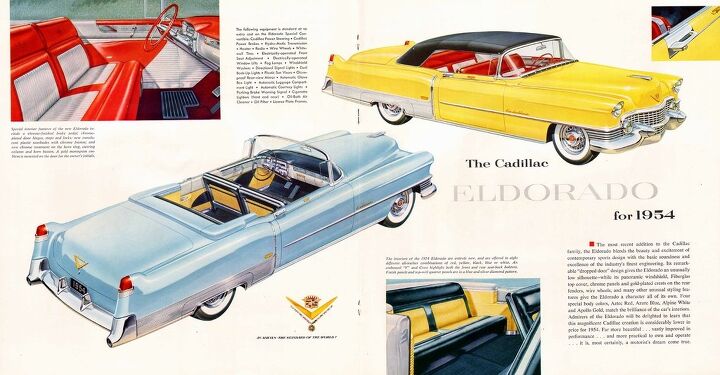
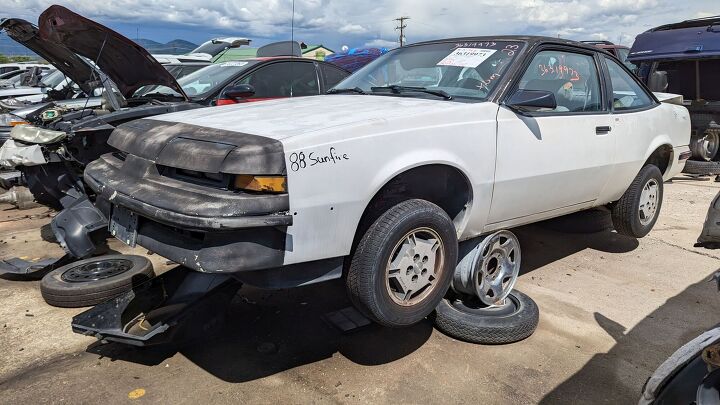
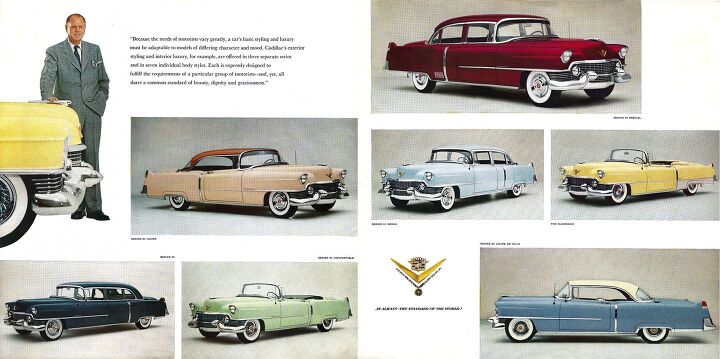

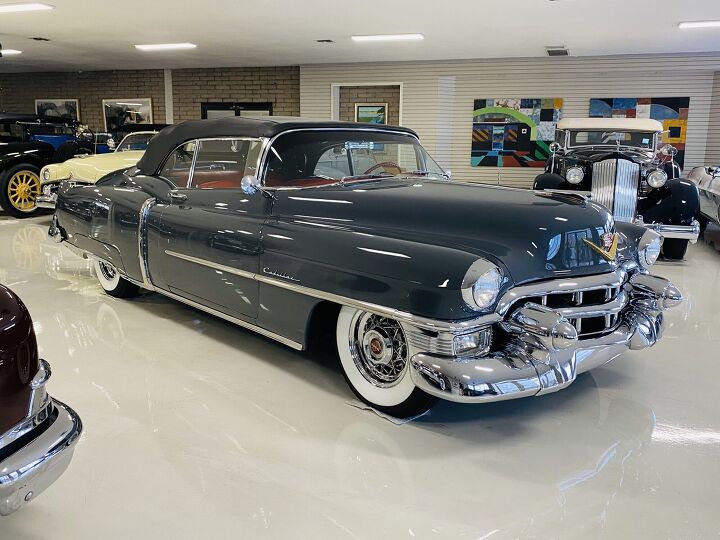
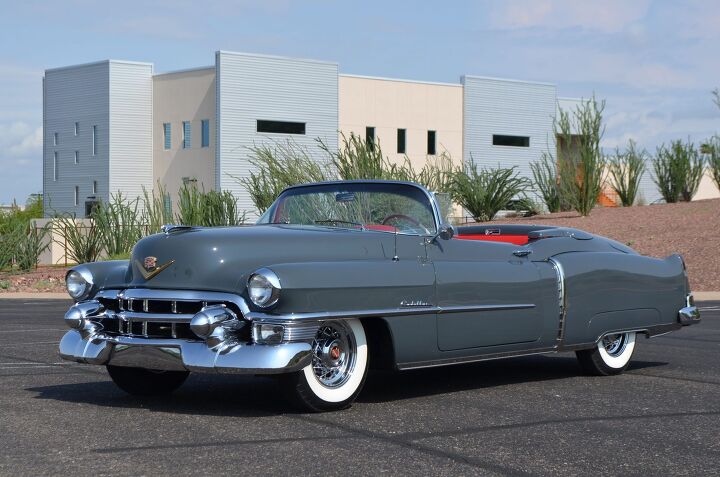

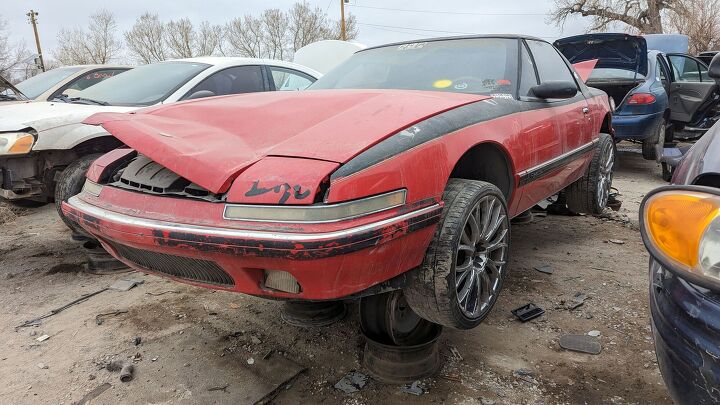
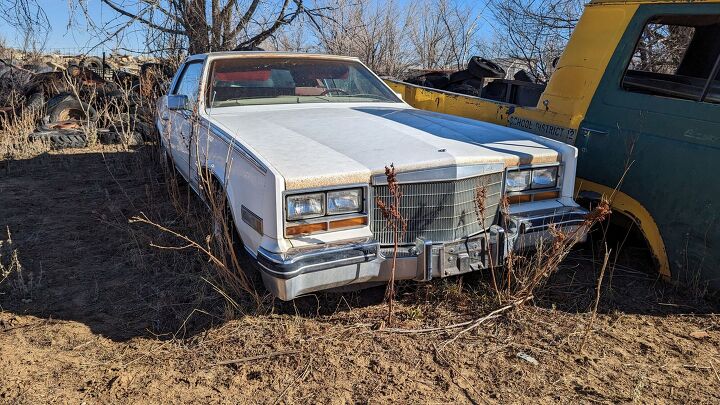

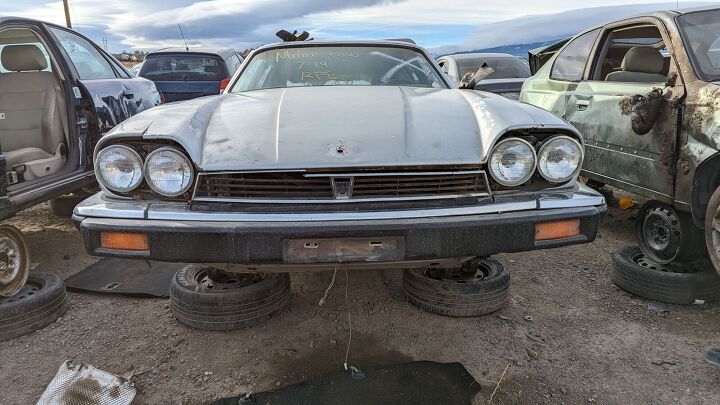
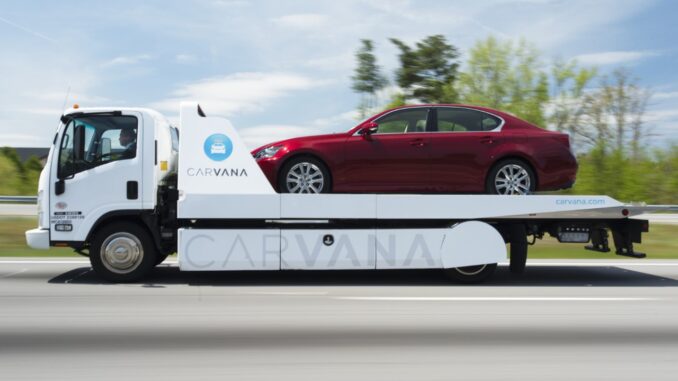












Recent Comments